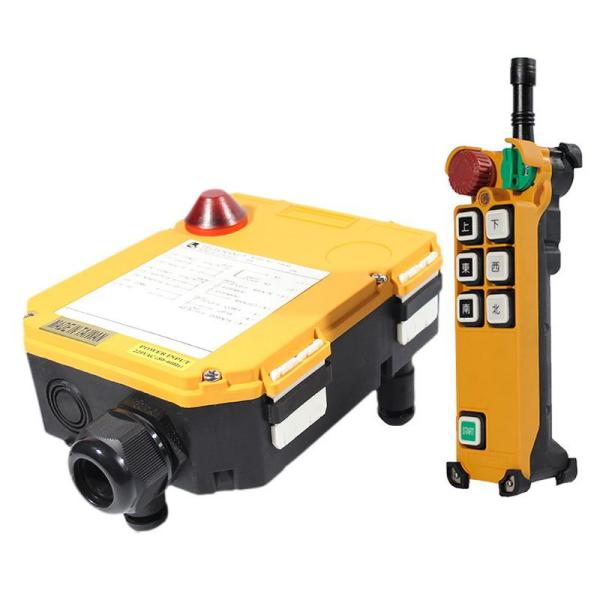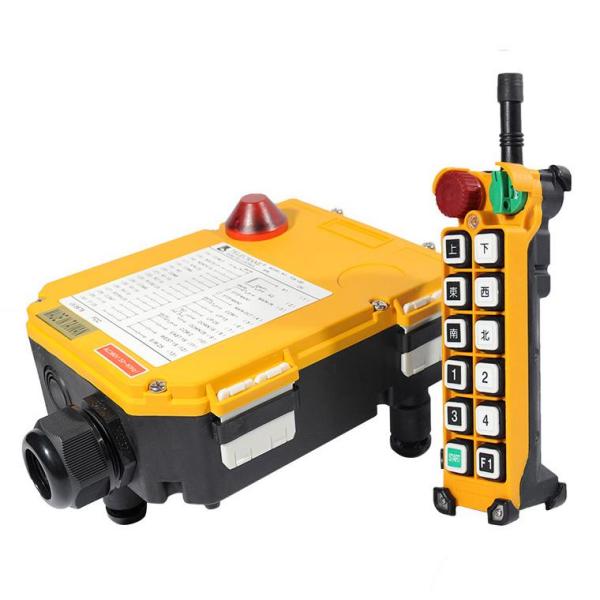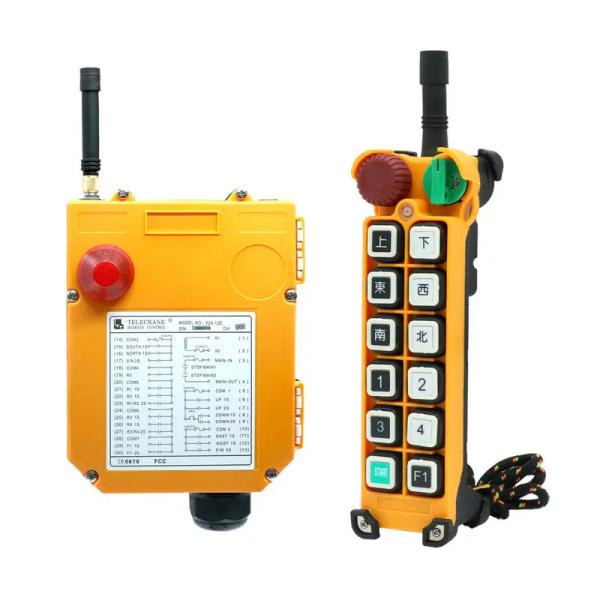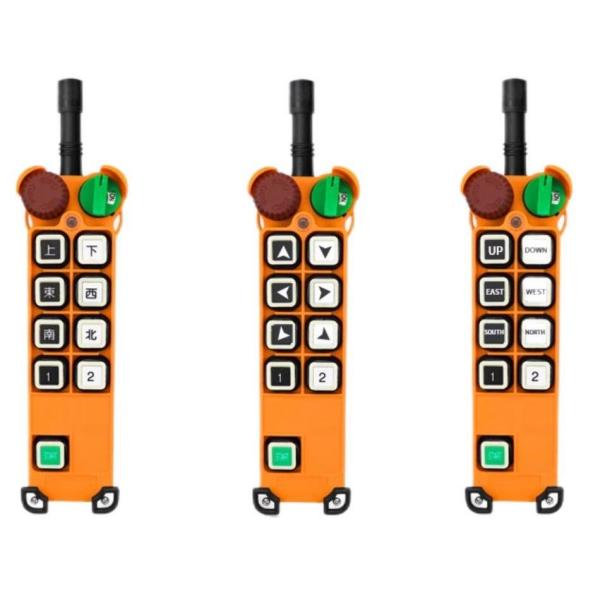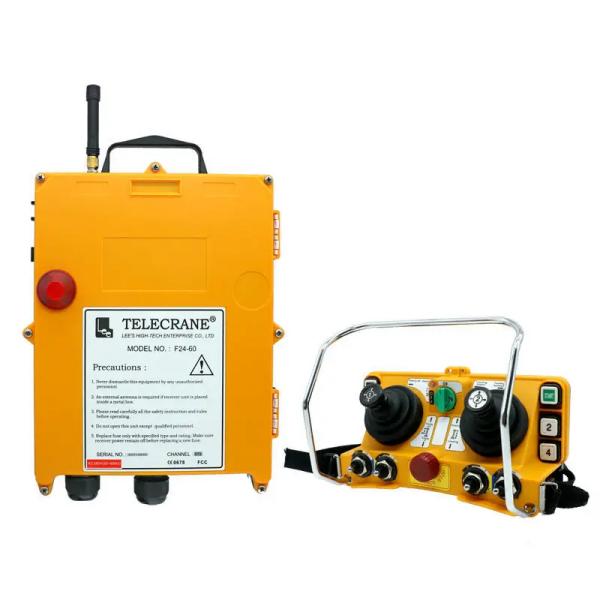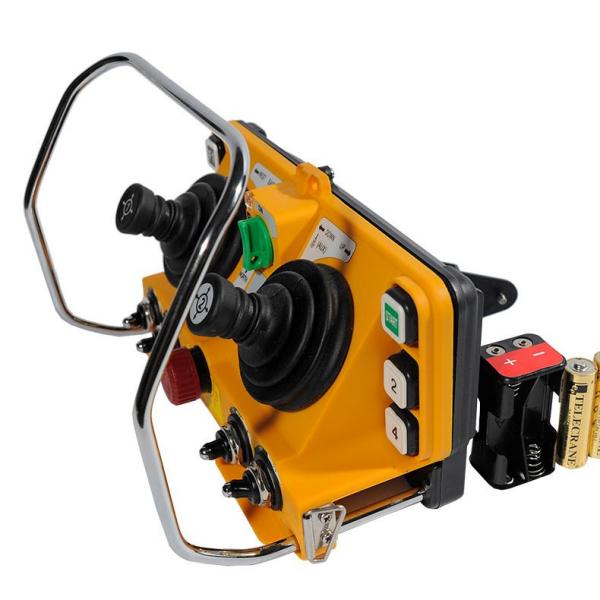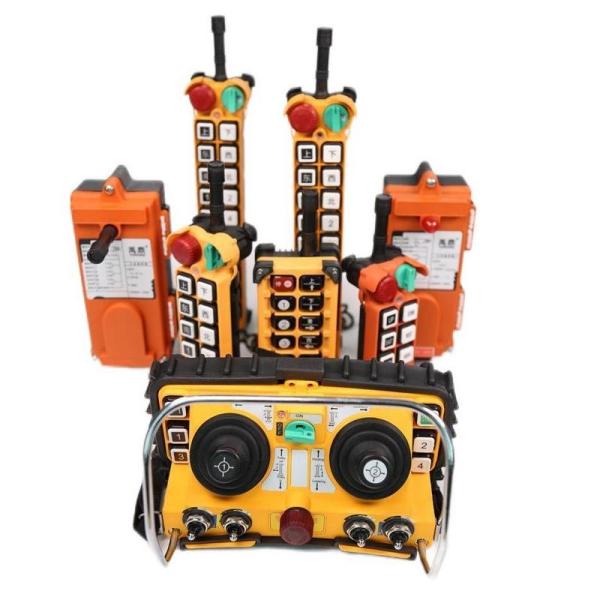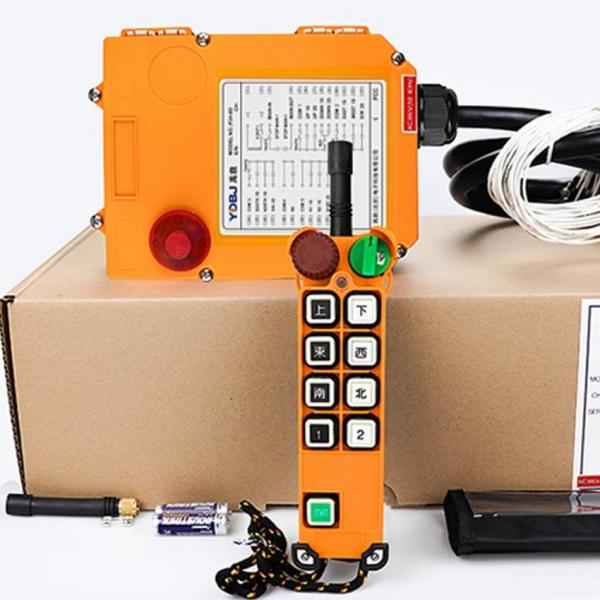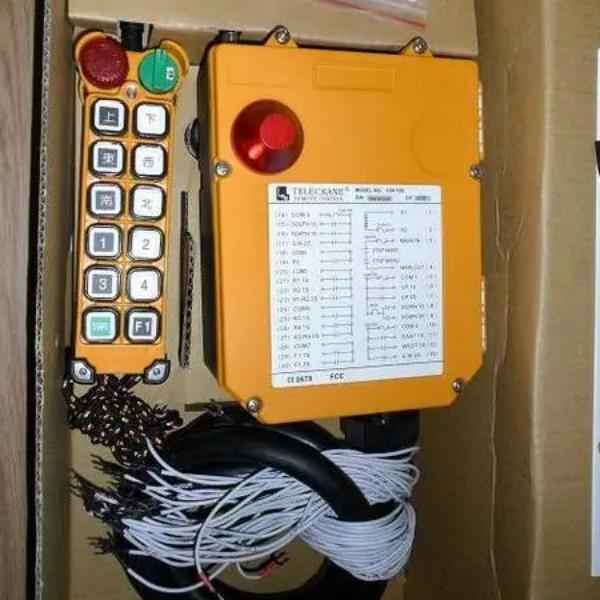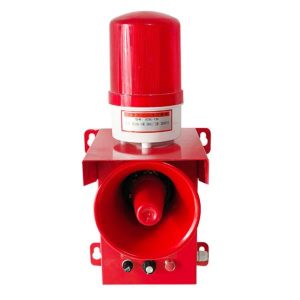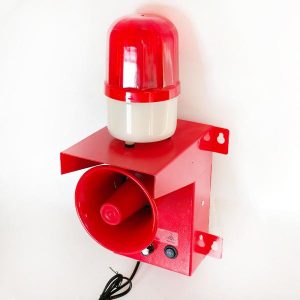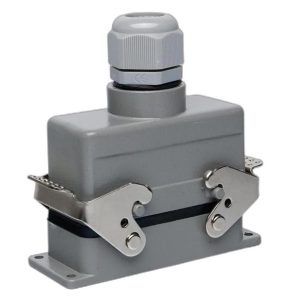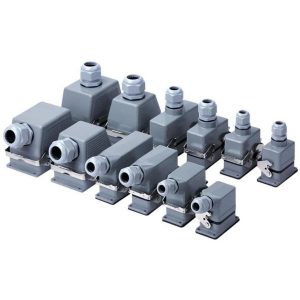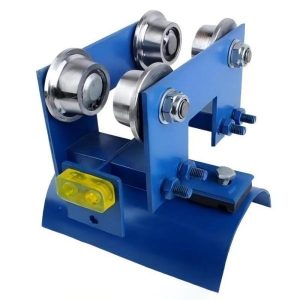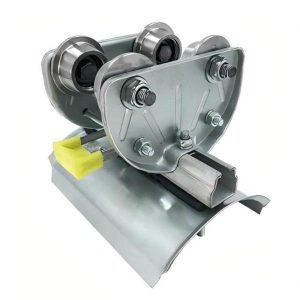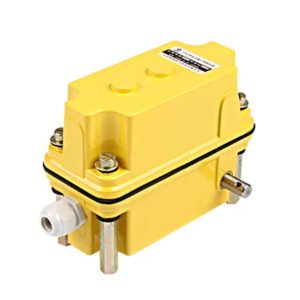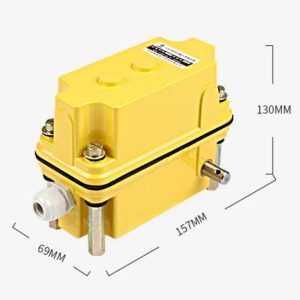Introduction to Crane Remote Controllers
The crane remote controller is a device designed to enable remote control of cranes via wireless signals, thereby improving operational efficiency, safety, and convenience. To provide seamless functionality, the crane remote controller generally consists of two main components: the transmitter and the receiver. The transmitter, often a handheld remote, allows operators to issue commands using buttons or joysticks. Meanwhile, the receiver, installed on the crane, processes these commands and drives the corresponding mechanisms to perform various crane actions.
To better understand its capabilities, let’s delve into the key features, primary functions, and essential usage precautions of the crane remote controller.
Key Features of the Crane Remote Controllers
- Wireless Operation:
Without the need for direct contact, the controller allows operators to manage cranes from a safe distance, ensuring both safety and convenience.
- Ease of Use:
Thanks to its ergonomic design, the controller offers intuitive and straightforward operation.
- High Stability:
Rigorously tested to ensure reliable performance across various working environments.
- Enhanced Safety:
Equipped with multiple safety measures to prevent operational errors.
- Multi-Level Control:
Supports adjustable motion speeds and forces based on specific requirements.
- Precision Control:
Advanced sensor technology ensures highly accurate operations.
- Portability:
Compact and lightweight design makes the controller easy to carry and operate.
Main Functions of the Crane Remote Controllers
- Lifting Control:
Operators can control the crane’s lifting and lowering actions by pressing the designated buttons on the remote.
- Telescopic Control:
Adjusts the crane’s boom length with ease using control buttons.
- Rotational Control:
Enables seamless crane rotation using dedicated rotational controls.
- Auxiliary Features:
Includes functions like light control and horn alerts to enhance operation in nighttime or complex environments.
Usage Precautions for the Crane Remote Controllers
To ensure safety and longevity, users should adhere to the following precautions:
- Preparation Before Operation:
Check that the battery is sufficiently charged and familiarize yourself with the functions and button layout of the controller.
- Safe Operation:
Follow safety protocols, remain alert, and avoid operating in hazardous zones.
- Waterproofing:
Refrain from using the controller in damp or wet environments.
- Shock Resistance:
Handle with care to avoid drops or heavy impacts.
- Signal Interference:
Avoid using the controller near strong electromagnetic fields.
- Routine Inspection:
Regularly inspect the controller to ensure all functions are working properly.
Applications of the Crane Remote Controllers
This versatile device is suitable for a wide range of engineering scenarios, including modern construction and logistics operations. By significantly enhancing convenience, safety, and efficiency, the crane remote controller has become an indispensable tool in contemporary industries.


